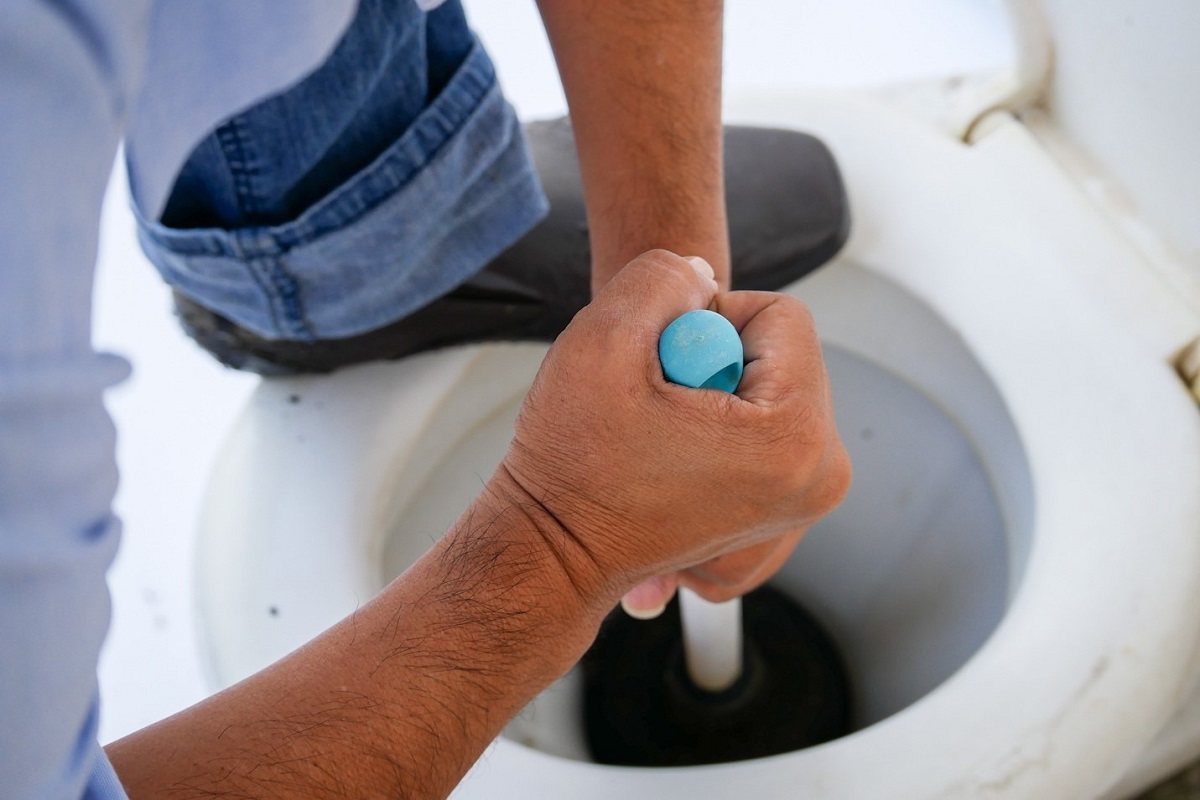

Articles
Why Wont My Toilet Unclog
Modified: January 6, 2024
Discover effective articles on how to unclog your toilet and troubleshoot common plumbing issues. Find practical tips and tricks for a smoothly running bathroom.
(Many of the links in this article redirect to a specific reviewed product. Your purchase of these products through affiliate links helps to generate commission for Storables.com, at no extra cost. Learn more)
Introduction
Dealing with a clogged toilet can be a frustrating and inconvenient experience. You flush the toilet, expecting everything to disappear down the drain, but instead, you’re met with rising water and a stubborn clog. So, why won’t your toilet unclog? Understanding the common causes of toilet clogs can help you troubleshoot the issue and find a solution.
A clogged toilet can occur due to various reasons, ranging from excessive toilet paper usage to foreign objects causing blockage in the pipes. It’s important to identify the cause of the clog to effectively fix the problem. In this article, we’ll explore the common causes of toilet clogs and provide some helpful tips on how to unclog a stubborn toilet.
Key Takeaways:
- Understanding the common causes of toilet clogs, such as excessive toilet paper usage and flushing non-flushable items, can help prevent clogs. DIY methods like using a plunger or baking soda and vinegar can often unclog toilets effectively.
- While DIY methods can resolve many toilet clogs, it’s important to recognize when to call a professional plumber. Recurring clogs, multiple clogged fixtures, foul odors, or no improvement after DIY attempts may indicate the need for professional assistance.
Read more: Why Wont My Toilet Fill Up With Water
Common Causes of Toilet Clogs
Toilets can become clogged for several reasons. Understanding the common causes of toilet clogs can help you prevent future occurrences and maintain your plumbing system. Here are some of the most common culprits:
1. Excessive Toilet Paper Usage
Using excessive amounts of toilet paper can overwhelm the toilet’s drainage capacity, leading to a clog. While toilet paper is designed to dissolve easily in water, using too much at once can cause it to clump together and create a blockage in the pipes.
2. Foreign Objects
Accidentally dropping items such as toys, dental floss, or sanitary products into the toilet can cause a clog. These objects may not easily flush away and can get stuck in the pipes, obstructing the flow of water.
3. Mineral Build-Up in the Pipes
Over time, minerals and sediment can accumulate inside the pipes, reducing their diameter and obstructing proper water flow. This build-up can easily catch toilet paper or other debris, leading to clogs.
Read more: Why Wont My Washer Turn On
4. Tree Roots in the Sewer Line
In some cases, tree roots can infiltrate the sewer line and cause blockages. Roots are drawn to the moisture and nutrients inside the pipes, and as they grow, they can exert pressure on the pipes, leading to cracks and blockages.
5. Low Water Pressure
If your toilet has low water pressure, it may not have enough force to effectively flush the waste down the drain. This can cause the waste to accumulate and eventually result in a clog.
6. Flushing Non-Flushable Items
Flushing items that are not designed to be flushed, such as baby wipes, cotton balls, or paper towels, can quickly lead to a clog. These items do not break down easily and can easily get stuck in the pipes, causing a backup.
By being aware of these common causes, you can take preventive measures to avoid toilet clogs. However, if you do find yourself with a clogged toilet, there are several methods you can try to unclog it before calling a professional plumber.
Excessive Toilet Paper Usage
Excessive toilet paper usage is one of the leading causes of toilet clogs. While toilet paper is designed to dissolve easily in water, using too much of it at once can overwhelm your toilet’s drainage capacity and lead to a clog.
When we use an excessive amount of toilet paper, it tends to clump together and form a mass that can get stuck in the pipes, obstructing the normal flow of water. This is particularly true if you have an older plumbing system with narrower pipes or lower water pressure.
To prevent clogs caused by excessive toilet paper usage, it’s important to adopt a more mindful approach. Here are some tips:
- Limit the amount of toilet paper: Use only the necessary amount of toilet paper to get the job done. There’s no need to use excessive amounts when a moderate amount will suffice.
- Flush multiple times if needed: If you feel the need to use a larger amount of toilet paper, consider flushing in between to ensure that the toilet can handle the increased volume.
- Consider using less thick or more easily dissolvable toilet paper: Some toilet paper brands are designed to dissolve more quickly in water, making them less likely to cause clogs. Experiment with different brands or types to find one that works well for your toilet.
If you encounter a clog due to excessive toilet paper usage, here are a few methods you can try to unclog the toilet:
- Use a plunger: Place the plunger over the drain hole in the toilet bowl and pump it vigorously up and down. This creates suction and pressure that can help dislodge the clog.
- Use a toilet auger: If the plunger doesn’t work, you can try using a toilet auger, also known as a toilet snake. Insert the auger into the toilet drain and twist it while applying a slight downward force. This can help break up the clog and allow water to flow freely again.
- Use a baking soda and vinegar mixture: Pour a cup of baking soda into the toilet bowl, followed by a cup of vinegar. Let the mixture sit for a few minutes before flushing with hot water. The chemical reaction between the baking soda and vinegar can help break up the clog.
If these DIY methods don’t resolve the issue, or if you’re unsure how to proceed, it’s best to call a professional plumber. They have the tools and expertise to handle stubborn toilet clogs effectively.
Read more: Why Wont My Dishwasher Turn On
Foreign Objects
Accidentally dropping foreign objects into the toilet is another common cause of clogs. Items such as toys, dental floss, cotton swabs, or sanitary products may not easily flush away and can get stuck in the pipes, obstructing the flow of water and causing a clog.
Children, in particular, may be curious and prone to flushing objects down the toilet. They might see it as a game or simply be unaware of the consequences. However, adults can also accidentally drop small items into the toilet, especially if the bathroom is cluttered or if they are multitasking.
If you suspect that a foreign object is causing the clog in your toilet, here are some steps you can take to address the issue:
- Do not flush again: Flushing the toilet again could worsen the clog or push the object further into the pipes, making it harder to remove.
- Retrieve the object: If the foreign object is still visible and reachable, you can try using gloves or tongs to carefully remove it from the toilet. Do it gently to avoid pushing it further into the pipes.
- Use a plunger: If the object is not visible or reachable, you can try using a plunger to dislodge the clog. Ensure that there is enough water in the bowl to cover the rubber suction cup of the plunger. Create a tight seal and plunge vigorously to create pressure that may force the object to move or dislodge.
- Call a professional plumber: If your attempts to remove the foreign object are unsuccessful, it’s best to call a professional plumber. They have specialized tools and equipment, such as toilet augers, that can help retrieve the object without causing further damage to your plumbing system.
Preventing clogs caused by foreign objects can be as simple as being aware of what you flush down the toilet. Educate children about the importance of using the toilet only for its intended purpose, and ensure that the bathroom environment is free of clutter and potential hazards.
Remember, prevention is key when it comes to foreign object clogs. Taking the time to be mindful and cautious can save you from the inconvenience and expense of dealing with a clogged toilet.
Mineral Build-Up in the Pipes
Over time, mineral build-up in the pipes can lead to clogs in your toilet. Minerals such as calcium and magnesium can accumulate inside the pipes, reducing their diameter and obstructing the flow of water. This build-up is often referred to as limescale or mineral deposits.
Mineral build-up in the pipes is a common issue in areas with hard water. Hard water contains a high concentration of minerals, and as the water flows through the pipes, these minerals can deposit and form a hard, crusty substance on the inner walls.
When mineral deposits accumulate inside the pipes leading to your toilet, it can restrict the flow of water and make it easier for other debris, such as toilet paper, to get caught and create a clog.
To prevent and address clogs caused by mineral build-up, consider the following solutions:
- Regular cleaning: Regularly cleaning your toilet and pipes can help prevent mineral build-up. Use a toilet cleaner or a mixture of vinegar and water to remove any existing deposits and keep the pipes clear.
- Water softener: Installing a water softener can help reduce the mineral content in your water. The softener works by removing the hard minerals from the water supply, preventing them from depositing in your pipes.
- Professional plumbing service: If you suspect a significant amount of mineral build-up in your pipes, it may be best to seek the assistance of a professional plumber. They can inspect the pipes and use specialized tools, such as hydro jetting, to remove the mineral deposits and restore proper water flow.
Regular maintenance and taking preventative measures can help minimize the occurrence of clogs caused by mineral build-up. It’s important to be proactive in addressing this issue to ensure the longevity and efficient operation of your plumbing system.
Tree Roots in the Sewer Line
Tree roots infiltrating the sewer line can cause significant plumbing issues, including toilet clogs. As trees grow, their roots extend in search of water and nutrients, and unfortunately, sewer lines provide an abundant supply of both.
Over time, tree roots can penetrate into cracks or joints in the sewer line, causing obstructions and blockages. Once inside the pipe, the roots can grow and multiply, creating a tangled nest that catches debris and prevents proper water flow.
If you suspect that tree roots are causing your toilet clog, here’s what you can do:
- Identify the problem: Look for signs of tree roots in your sewer line, such as slow drains, gurgling noises, or recurring toilet clogs. If you have trees in close proximity to your sewer line, there’s a higher likelihood of root intrusion.
- Call a professional plumber: Dealing with tree roots in the sewer line is a complex task that requires the expertise of a professional plumber. They will use specialized tools, such as a sewer camera inspection, to locate the root intrusion and determine the best course of action.
- Treatment options: The plumber may recommend different treatment options, depending on the severity of the root intrusion. These can include mechanical root cutting, chemical treatments, or even replacing sections of the sewer line.
- Maintenance: To prevent future root intrusions, consider implementing regular maintenance practices, such as periodic root cutting or using root barrier chemicals near your sewer line. Additionally, avoid planting trees or large shrubs near your sewer line if possible.
Dealing with tree roots in the sewer line can be a daunting task, but with the help of a professional plumber, you can effectively address the issue and prevent further clogs in your toilet and plumbing system.
Low Water Pressure
Low water pressure can be another factor contributing to toilet clogs. Insufficient water pressure can prevent the waste and toilet paper from being effectively flushed down the drain, leading to clogs and backups.
There are several reasons why you may be experiencing low water pressure in your toilet:
- Supply line issues: If there is a problem with the main water supply line, such as a clog or a leak, it can result in reduced water pressure throughout your plumbing system, including the toilet.
- Partially closed shut-off valve: The shut-off valve that controls the flow of water to your toilet may not be fully open. This can restrict the water flow and cause low water pressure.
- Mineral build-up: Similar to how mineral build-up can cause pipe clogs, it can also obstruct the tiny openings in the toilet’s water supply lines, reducing the water flow and causing low pressure.
- Malfunctioning fill valve: The fill valve regulates the refill of water in the toilet tank after each flush. A malfunctioning fill valve can lead to inadequate water flow, resulting in low pressure.
If you’re experiencing low water pressure in your toilet, here’s what you can do:
- Check other fixtures: Verify if the low water pressure is restricted to the toilet or if it affects other faucets and fixtures in your home. If multiple fixtures are experiencing low pressure, it may indicate a problem with the main water supply line.
- Check the shut-off valve: Ensure that the shut-off valve supplying water to the toilet is fully open. Turn it clockwise as far as it can go to maximize the water flow.
- Inspect for mineral build-up: Examine the toilet’s water supply lines and any filters or aerators for signs of mineral build-up. Clean or replace these components as needed to improve water flow.
- Engage a professional plumber: If the above steps do not resolve the issue or if you suspect a more significant plumbing problem, it’s advisable to contact a professional plumber. They can diagnose and address the underlying cause of the low water pressure in your toilet.
Resolving low water pressure issues can help prevent toilet clogs and ensure that your toilet operates effectively. Identifying the root cause and taking appropriate steps will restore proper water flow and minimize the risk of clogs in the future.
Read more: Why Wont My Fan Turn On
Flushing Non-Flushable Items
One of the most common causes of toilet clogs is flushing non-flushable items down the toilet. Despite the word ‘toilet’ in its name, it’s crucial to remember that toilets are designed to handle specific waste and toilet paper. Flushing anything else can lead to clogs and plumbing issues.
Some examples of non-flushable items that should never be flushed down the toilet include:
- Wet wipes and baby wipes: Even if they claim to be ‘flushable,’ most wet wipes and baby wipes do not break down easily in water and can cause blockages.
- Cotton balls and swabs: These objects do not dissolve in water and can form clumps that clog the pipes.
- Sanitary products: Tampons, pads, and other feminine hygiene products should never be flushed down the toilet. They can expand in water and create blockages.
- Paper towels and tissues: Unlike toilet paper, paper towels and tissues are not designed to break down quickly in water and can lead to clogs.
- Dental floss: Dental floss is not biodegradable and can wrap around other debris, contributing to clogs in the pipes.
Flushing these non-flushable items can cause immediate clogs or create build-up in the pipes over time, leading to more extensive plumbing issues. To prevent toilet clogs caused by flushing non-flushable items, follow these guidelines:
- Dispose of non-flushable items properly: Place wet wipes, sanitary products, dental floss, and other non-flushable items in the trash can.
- Inform household members: Educate everyone in your household about the importance of only flushing toilet paper and waste down the toilet.
- Provide a waste bin: Ensure there is a readily accessible waste bin in the bathroom, so individuals have a convenient alternative to flushing non-flushable items.
If you accidentally flushed a non-flushable item and are now facing a clogged toilet, here are a few steps you can take:
- Stop flushing: Do not flush multiple times in an attempt to clear the clog, as this can worsen the situation or cause the water to overflow.
- Use a plunger: A plunger can effectively dislodge some clogs. Place the plunger over the drain hole, create a tight seal, and push and pull vigorously to create pressure that may help clear the obstruction.
- Call a professional plumber: If the plunger doesn’t work or if you’re unsure about how to proceed, it’s best to contact a professional plumber. They have the necessary tools and expertise to address stubborn clogs and ensure the proper functioning of your toilet.
By being mindful of what you flush down the toilet and taking appropriate action when a non-flushable item is accidentally flushed, you can prevent unnecessary clogs and avoid costly plumbing repairs.
How to Unclog a Toilet
Dealing with a clogged toilet can be a stressful situation, but with the right techniques, you can often resolve the issue yourself. Here are several methods you can try to unclog a toilet:
- Plunger Method: The plunger is a simple yet effective tool for unclogging toilets. Place the plunger over the drain hole in the toilet bowl, ensuring a tight seal. Push down gently, then pull up rapidly to create suction. Repeat this plunging motion several times until the clog is dislodged and the water begins to drain.
- Baking Soda and Vinegar Method: This natural cleaning solution can help break down clogs. Start by pouring about a cup of baking soda into the toilet bowl. Then, slowly pour a cup of vinegar into the bowl. Let the mixture sit for a few minutes, allowing the chemical reaction to work. Finally, flush the toilet and check if the clog has cleared. If not, you can try repeating the process or move on to another method.
- Hot Water and Dish Soap Method: Heat a pot of water on the stove until it’s hot but not boiling. Add a few squirts of dish soap to the toilet bowl. Carefully pour the hot water into the bowl from waist height, aiming for the center of the drain. The combination of hot water and dish soap can help break down the clog and loosen it. Allow the mixture to sit and then flush the toilet to see if the clog has cleared.
- Toilet Snake Method: If the above methods do not work, you can try using a toilet snake, also known as a toilet auger. Insert the snake into the toilet drain and rotate the handle clockwise to break up and remove the clog. Be cautious not to push the clog further into the pipes.
Remember to exercise caution when using these methods, and be prepared for the possibility of splashing water. If the clog is particularly stubborn or if you’re unsure about how to proceed, it’s best to contact a professional plumber for assistance.
It’s important to note that prevention is key in avoiding future toilet clogs. Remind household members to only flush toilet paper and waste down the toilet and to avoid flushing non-flushable items. Regular maintenance, such as periodic cleaning and inspections, can also help identify and address any potential issues before they escalate into clogs.
By being proactive and using appropriate unclogging techniques, you can quickly and effectively resolve toilet clogs, saving time and potentially avoiding costly repairs.
Plunger Method
The plunger method is one of the most common and effective ways to unclog a toilet. With a few simple steps, you can often dislodge the clog and restore proper flushing. Here’s how to use a plunger to unclog your toilet:
- Inspect the plunger: Ensure that you have a toilet plunger specifically designed for toilet use. It should have a flange, or an extended rubber lip, which helps create a better seal in the toilet bowl.
- Prepare the area: Before you begin, protect the floor around the toilet with towels or newspapers to prevent any water splashes or spills.
- Create a seal: Hold the plunger vertically and position it over the drain hole in the toilet bowl. The rubber cup should fully cover the hole. Gently press the plunger down to create a seal.
- Plunge up and down: Using a steady and vigorous motion, push the plunger down and then pull it up rapidly. This action creates both suction and pressure, which can dislodge the clog. Repeat this plunging motion several times.
- Check for water movement: After a few plunges, check if the water level in the toilet bowl starts to go down. If it does, continue plunging until the water drains completely.
- Flush and repeat if necessary: Once the water has drained, flush the toilet to see if the clog is fully cleared. If not, you may need to repeat the plunging process a few more times until the clog is dislodged.
It’s important to note that proper technique and a good seal are critical for successful plunging. Make sure you are applying enough force and maintaining a tight seal with the plunger over the drain hole.
If the plunger method does not unclog the toilet or if you believe the clog is more extensive, it’s recommended to contact a professional plumber for assistance. They have the expertise and tools to handle stubborn or complex clogs.
Remember, prevention is key in avoiding future toilet clogs. Remind household members to avoid flushing non-flushable items and to use an appropriate amount of toilet paper. Regular maintenance, such as periodic cleaning and inspections, can also help identify and address any potential plumbing issues before they become major problems.
By utilizing the plunger method and maintaining good toilet practices, you can quickly and effectively unclog your toilet and minimize the inconvenience of plumbing issues.
Baking Soda and Vinegar Method
The baking soda and vinegar method is a natural and eco-friendly way to unclog a toilet. This combination creates a chemical reaction that can help break down clogs and clear the drain. Follow these simple steps to unclog your toilet using baking soda and vinegar:
- Gather your supplies: You will need baking soda, vinegar, and hot water for this method.
- Add baking soda: Start by pouring about one cup of baking soda into the toilet bowl. Ensure that the baking soda reaches the drain and coats the interior of the bowl as much as possible.
- Pour vinegar: After adding the baking soda, slowly pour one cup of vinegar into the toilet bowl. Take care as the mixture may cause some bubbling and fizzing due to the chemical reaction.
- Let it sit: Allow the mixture of baking soda and vinegar to sit in the toilet bowl for about 30 minutes. During this time, the chemical reaction between the two substances will work to break down the clog.
- Flush with hot water: After the mixture has had time to sit, carefully pour hot water into the toilet bowl. The hot water will help further loosen the clog and flush it away. You can use water from a kettle or tap that is hot but not boiling.
- Flush the toilet: Finally, flush the toilet to check if the clog has been cleared. If necessary, repeat the process one or two more times to completely eliminate the blockage.
It’s important to note that the baking soda and vinegar method is more effective for minor clogs or as a preventive measure. For more severe or stubborn clogs, you may need to use a plunger or seek professional assistance from a plumber.
Remember to exercise caution when using this method, as the mixture of baking soda and vinegar can cause some bubbling and fizzing. Additionally, be mindful of the amount of hot water you pour into the toilet bowl to avoid any overflow.
By using the baking soda and vinegar method, you can naturally and effectively clear minor clogs in your toilet without relying on harsh chemicals or professional help. However, maintaining good toilet practices and ensuring that only flushable items are used can significantly reduce the likelihood of future clogs.
Use a plunger to try and unclog the toilet first. If that doesn’t work, try using a toilet auger to break up and remove the blockage. Avoid using chemical drain cleaners as they can damage the pipes.
Read more: Why Wont My GE Washer Spin
Hot Water and Dish Soap Method
The hot water and dish soap method is a simple yet effective way to unclog a toilet. By combining hot water and dish soap, you can help break down the clog and clear the drain. Follow these steps to unclog your toilet using hot water and dish soap:
- Gather your supplies: You will need a bucket, hot water, and dish soap for this method. Make sure the bucket you use is large enough to hold a substantial amount of hot water.
- Add dish soap: Squirt a generous amount of dish soap into the toilet bowl. The soap will act as a lubricant, helping to break down the clog and allow it to slide through the pipes more easily.
- Heat the water: Boil water in a kettle or on the stovetop until it’s hot but not boiling. Carefully pour the hot water into the bucket.
- Pour the hot water: Pour the hot water into the toilet bowl from waist height. The force of the water and the heat will help to break up the clog and flush it away.
- Let it sit: Allow the hot water and dish soap mixture to sit in the toilet bowl for a few minutes. This will give the soap time to work on breaking down the clog.
- Flush the toilet: Finally, flush the toilet to check if the clog has been cleared. Repeat the process if necessary.
Using hot water and dish soap can effectively dislodge minor clogs in your toilet. However, for larger or stubborn clogs, you may need to use a plunger or seek professional assistance from a plumber.
Remember to exercise caution when handling hot water to avoid burns. Pour the hot water slowly and be mindful of the water level in the toilet bowl to prevent any overflow.
By using the hot water and dish soap method, you can safely and easily unclog your toilet without the use of harsh chemicals. Maintaining good toilet practices and ensuring that only flushable items are used can help prevent future clogs and keep your toilet running smoothly.
Toilet Snake Method
The toilet snake method, also known as a toilet auger, is a tool specifically designed to remove stubborn toilet clogs. When plunging or other methods fail to clear the blockage, a toilet snake can be a helpful solution. Follow these steps to unclog your toilet using a toilet snake:
- Get a toilet snake: Purchase or rent a toilet snake from a hardware store. It consists of a long, flexible cable with a crank handle and a spiral-shaped auger attached at the end.
- Insert the snake: Insert the end of the toilet snake into the toilet bowl, ensuring that it goes into the drain opening. Gently push the snake through the drain until you feel resistance. This indicates that you have reached the clog.
- Rotate the handle: Once the snake is in place, slowly rotate the handle clockwise. The auger at the end of the snake will begin to turn and break up the clog as it moves deeper into the drain.
- Apply pressure: As you rotate the handle, apply gentle and steady pressure to help the auger penetrate and break through the clog. Avoid using excessive force, as it may damage the toilet’s porcelain surface or the pipes.
- Retract the snake: After breaking up the clog, continue rotating the handle as you slowly retract the snake from the toilet drain. Make sure to clean off any debris or residue that may have adhered to the auger as you remove it.
- Flush the toilet: Once you have removed the snake, flush the toilet to check if the clog has been resolved. If necessary, repeat the process or try an alternative method to ensure the issue is fully resolved.
Using a toilet snake requires a bit more effort and technique compared to other methods. If you’re unsure about using a toilet snake or if the clog persists after multiple attempts, it’s advisable to contact a professional plumber for assistance.
Remember, prevention is key to avoiding future toilet clogs. Remind household members to only flush waste and flushable items down the toilet. Regular maintenance and periodic inspections can also help detect any potential issues before they become major problems.
By using the toilet snake method, you can effectively address stubborn toilet clogs and restore proper flushing. Combine this method with proper toilet practices to maintain a smooth-operating and unclogged toilet.
When to Call a Professional
While many toilet clogs can be resolved using DIY methods, there are situations where it is best to call a professional plumber. Here are some signs that indicate it’s time to seek professional assistance:
- Recurring or persistent clogs: If you find yourself frequently dealing with toilet clogs, especially after attempting DIY unclogging methods, it may indicate an underlying issue that requires professional attention. A plumber can thoroughly assess the problem and provide a long-lasting solution.
- Multiple clogged fixtures: If you notice multiple fixtures, such as sinks and showers, experiencing drainage issues along with your toilet clog, it could indicate a problem with the main sewer line. This requires professional expertise to evaluate and possibly repair the main plumbing system.
- Foul odors or sewage backup: If you notice foul odors emanating from your toilet or experience sewage backup in your bathtub or sinks, it could suggest a more serious plumbing issue. It’s crucial to contact a professional plumber immediately as these signs might indicate a sewer line blockage or damage.
- No improvement after attempted unclogging methods: If you have tried various DIY methods to unclog your toilet, such as plunging, using baking soda and vinegar, or using a toilet snake, and the clog persists, it is time to call in the professionals. They have specialized tools and expertise to handle stubborn clogs and complex plumbing issues.
- Concerns with the plumbing system: If you suspect that the clog in your toilet is just one part of a larger plumbing problem, it’s best to consult with a professional plumber. They can assess the overall health of your plumbing system and identify any potential issues that may lead to future clogs or damage.
Calling a professional plumber not only ensures that the problem is effectively resolved but also minimizes the risk of causing further damage to your plumbing system. Plumbers have the knowledge, experience, and specialized equipment to tackle even the most challenging clogs and plumbing issues.
Remember, regular maintenance and preventative measures can go a long way in avoiding unnecessary clogs and plumbing emergencies. However, when you encounter a persistent or complex toilet clog, don’t hesitate to contact a professional plumber to ensure a swift and reliable solution.
Conclusion
Dealing with a clogged toilet can be a frustrating experience, but understanding the common causes of toilet clogs and how to address them can help you resolve the issue effectively. Excessive toilet paper usage, flushing non-flushable items, mineral build-up in the pipes, tree roots in the sewer line, low water pressure, and foreign objects are all potential culprits of toilet clogs.
By adopting preventive measures such as limiting toilet paper usage, avoiding flushing non-flushable items, and regular maintenance, you can reduce the likelihood of toilet clogs occurring. However, if you do encounter a clog, there are various DIY methods to try before calling in a professional plumber.
The plunger method, baking soda and vinegar method, hot water and dish soap method, and toilet snake method are effective ways to unclog a toilet. Each method has its advantages and should be used according to the severity and nature of the clog. Remember to use caution, follow the instructions carefully, and be prepared to repeat the process if necessary.
In some instances, it is best to call a professional plumber. If you experience recurring or persistent clogs, multiple clogged fixtures, foul odors or sewage backup, no improvement after DIY methods, or concerns with the overall plumbing system, contacting a professional is recommended. They have the expertise to assess and address complex plumbing issues, ensuring long-term solutions.
Prevention, regular maintenance, and proper toilet practices play crucial roles in avoiding future toilet clogs. Educate household members about what is flushable and what is not, discourage excessive toilet paper usage, and conduct periodic inspections to detect any potential plumbing problems early on.
Remember, a clogged toilet is often a solvable problem. By understanding the causes, utilizing appropriate methods, and knowing when to seek professional help, you can maintain a properly functioning toilet and minimize the inconvenience of clogs in your day-to-day life.
Frequently Asked Questions about Why Wont My Toilet Unclog
Was this page helpful?
At Storables.com, we guarantee accurate and reliable information. Our content, validated by Expert Board Contributors, is crafted following stringent Editorial Policies. We're committed to providing you with well-researched, expert-backed insights for all your informational needs.
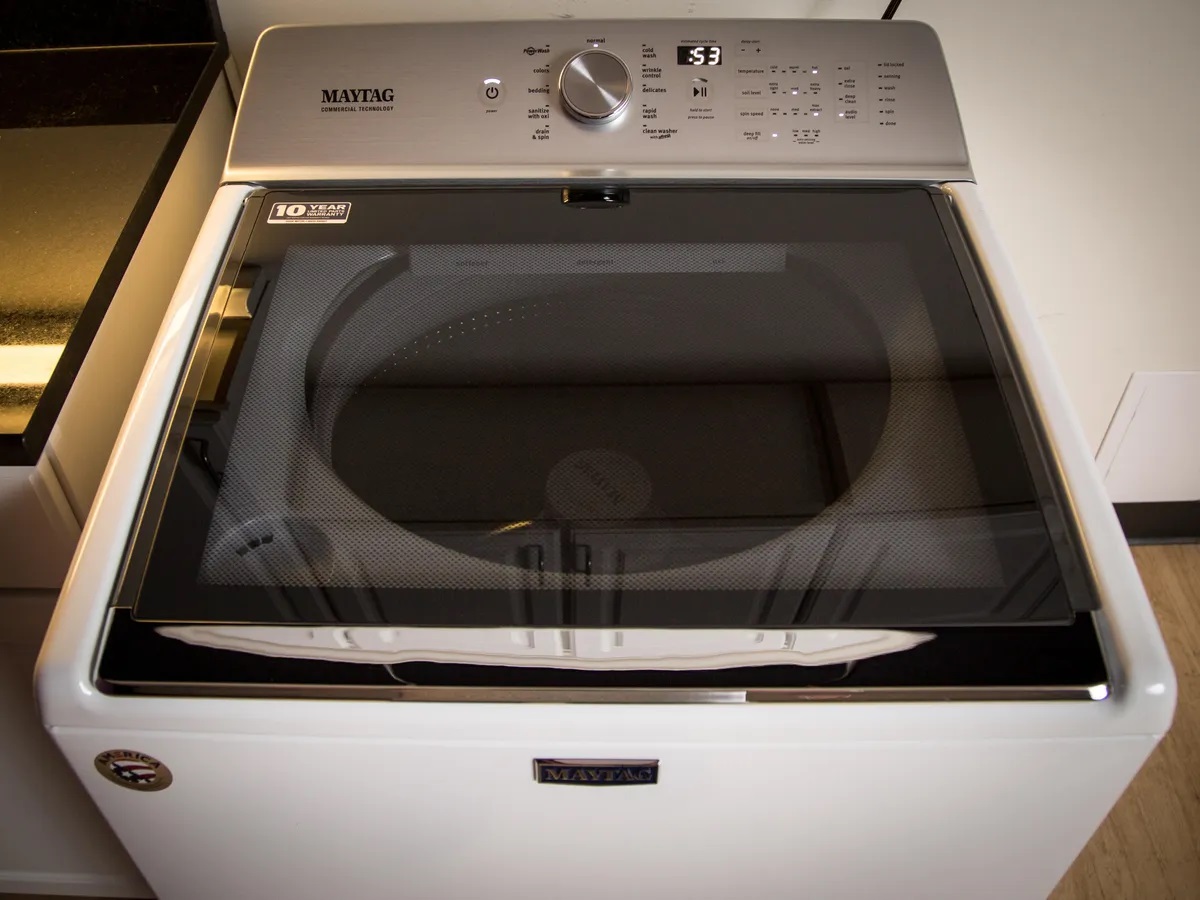
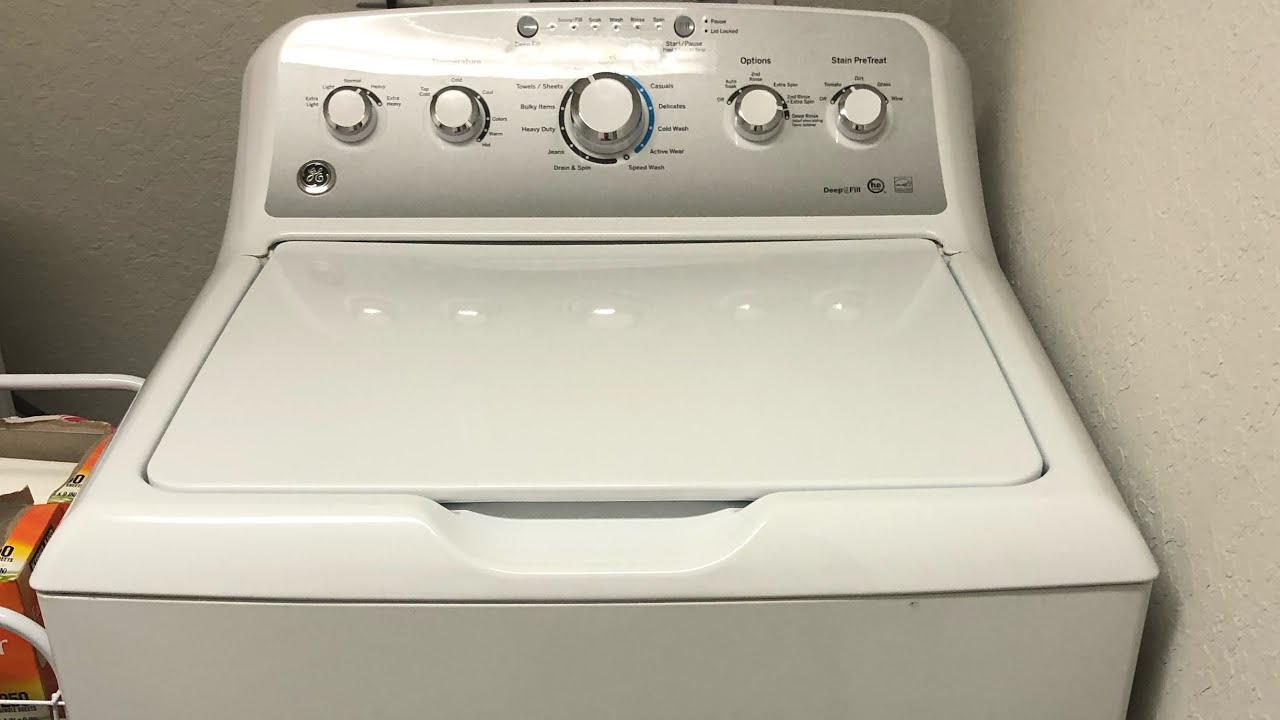
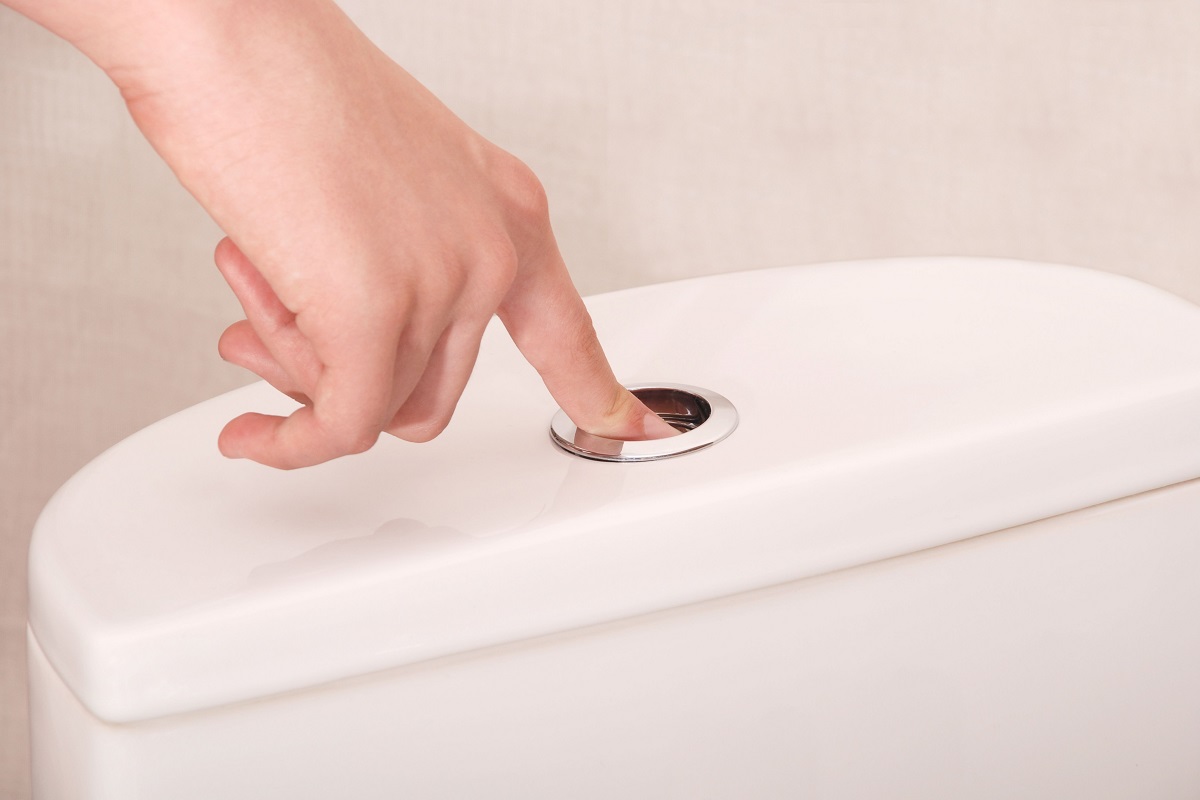
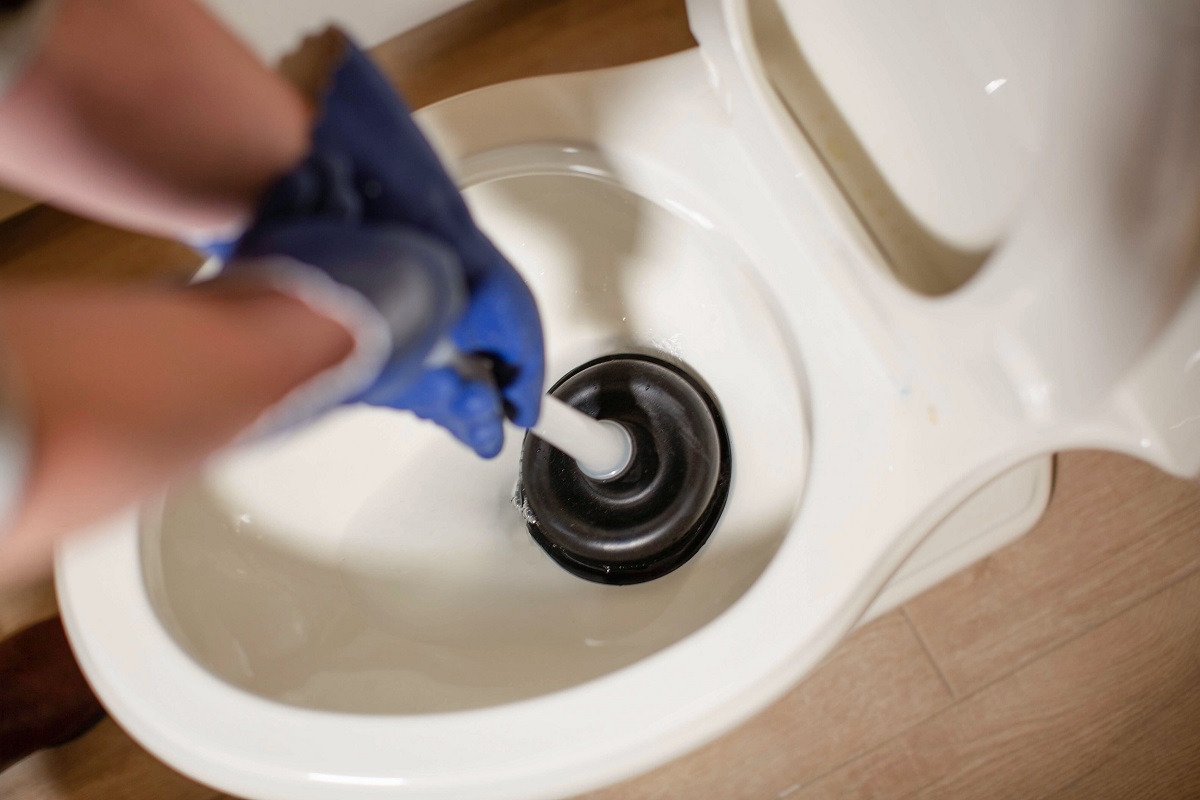
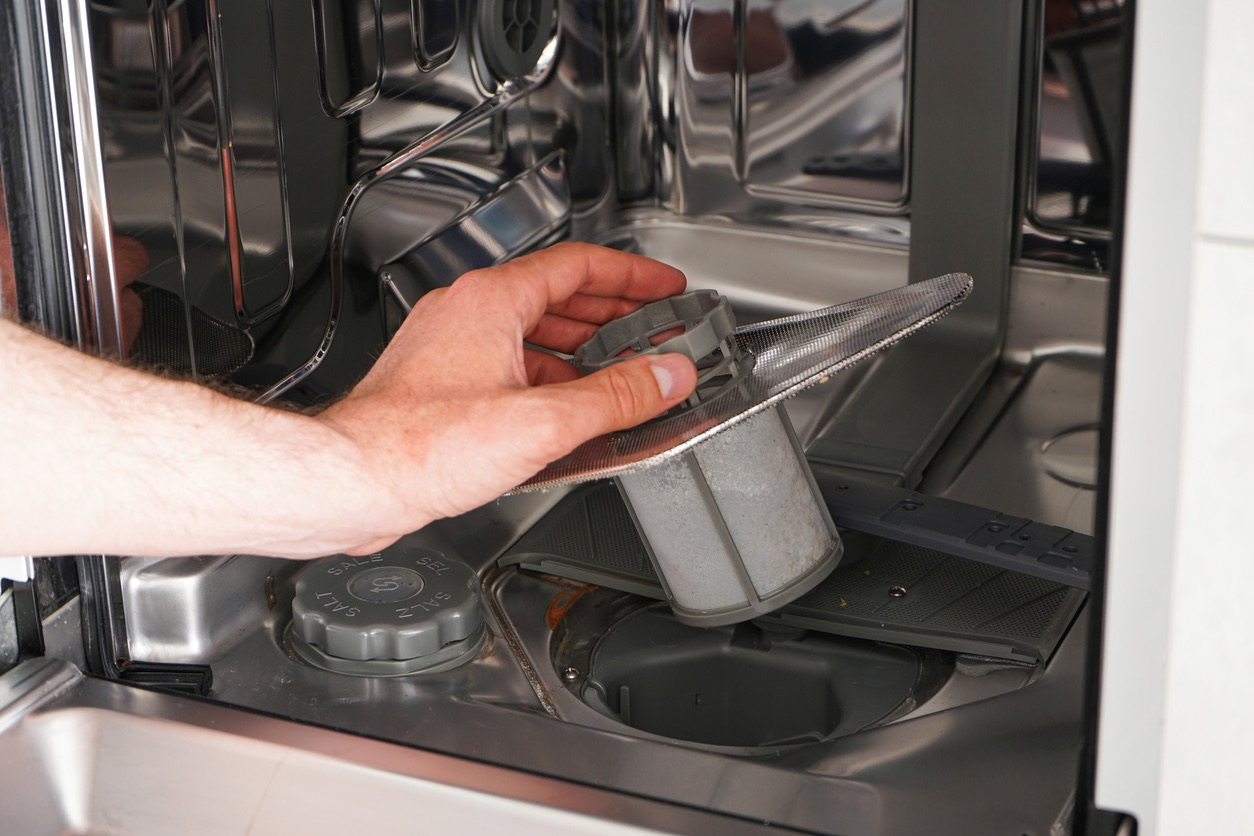
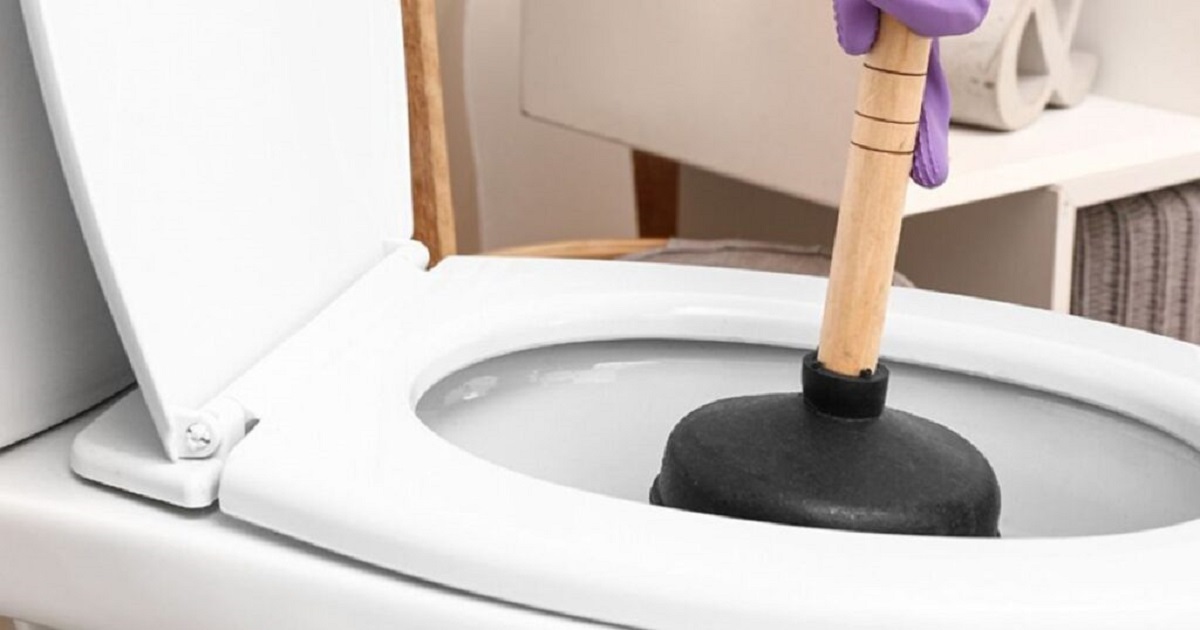
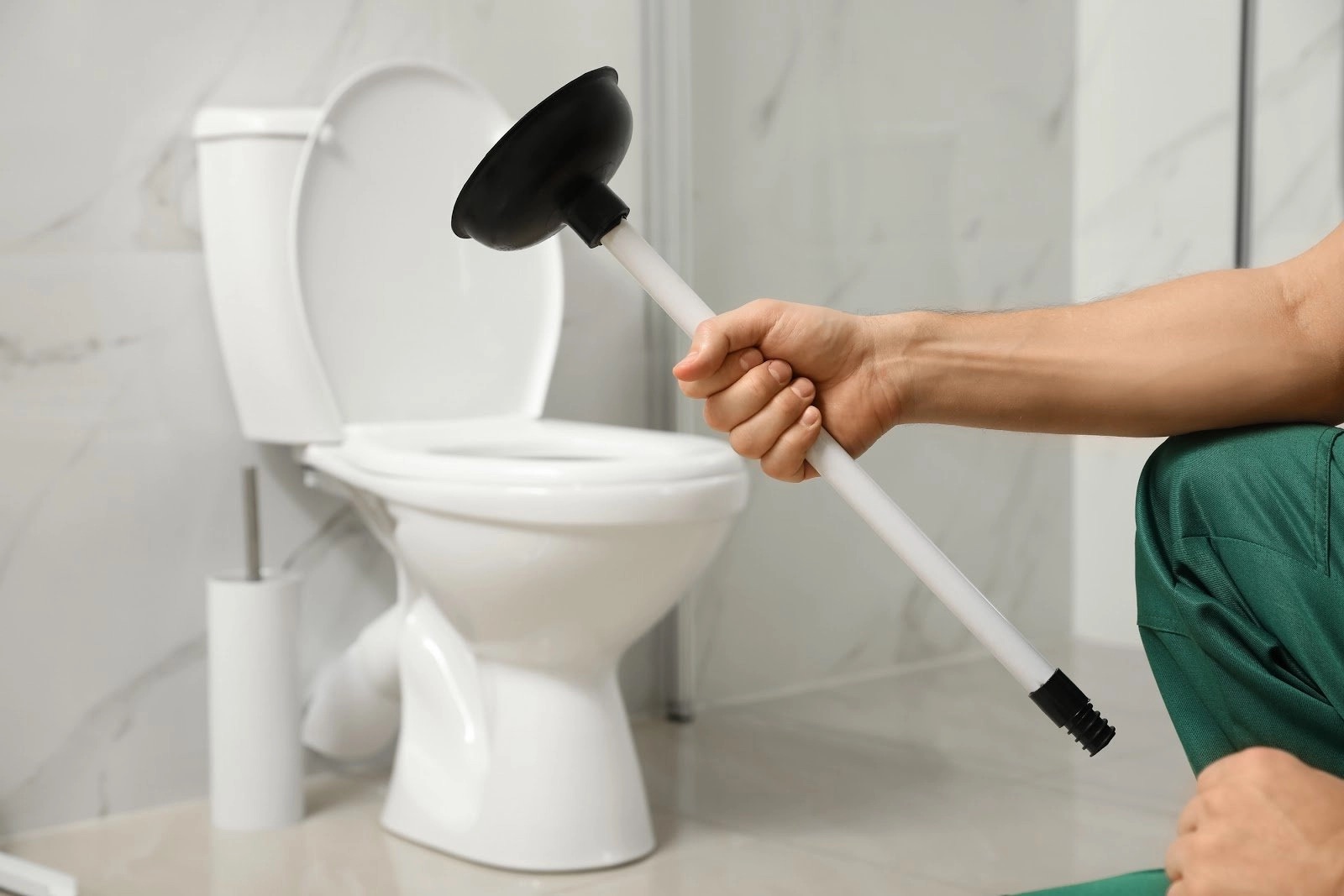
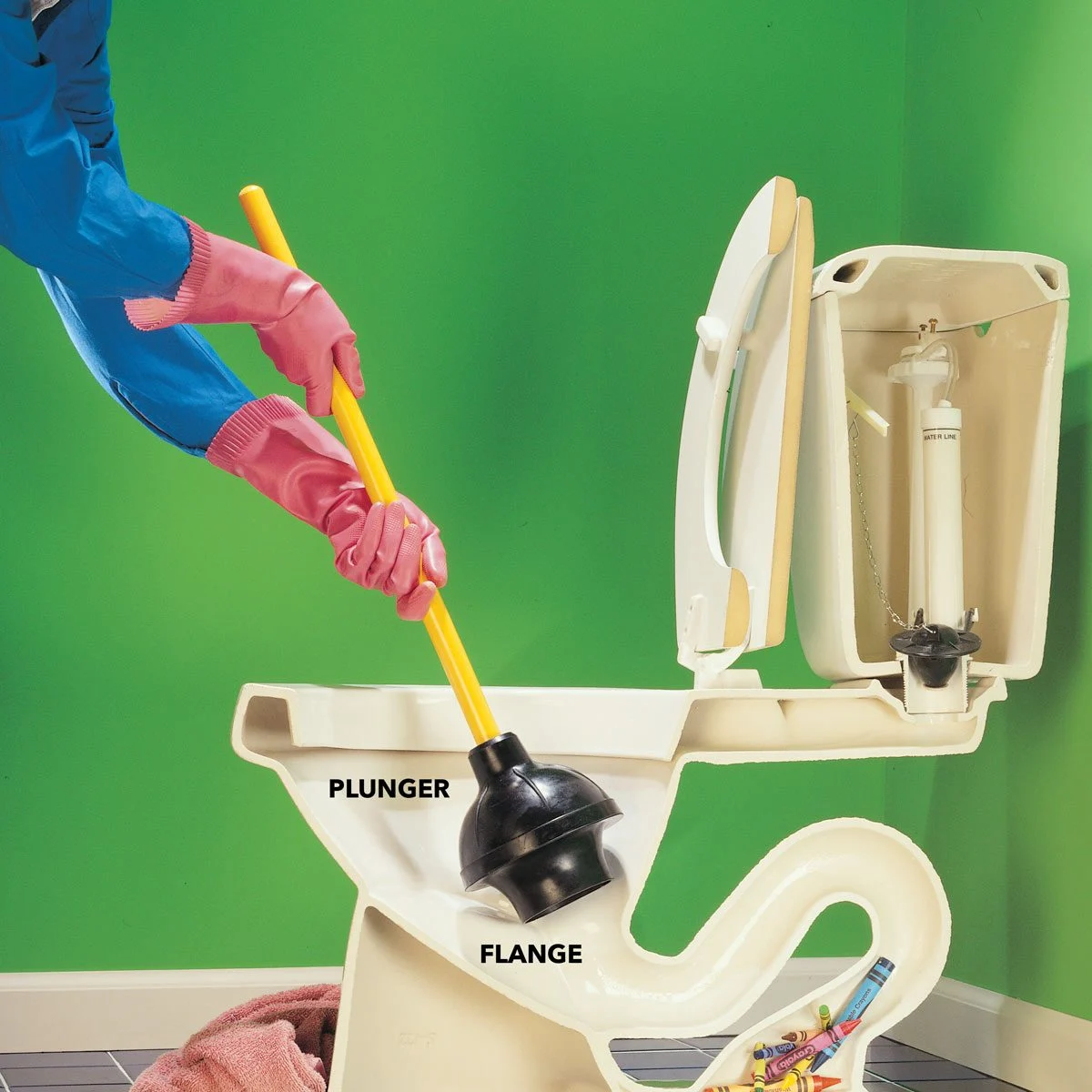
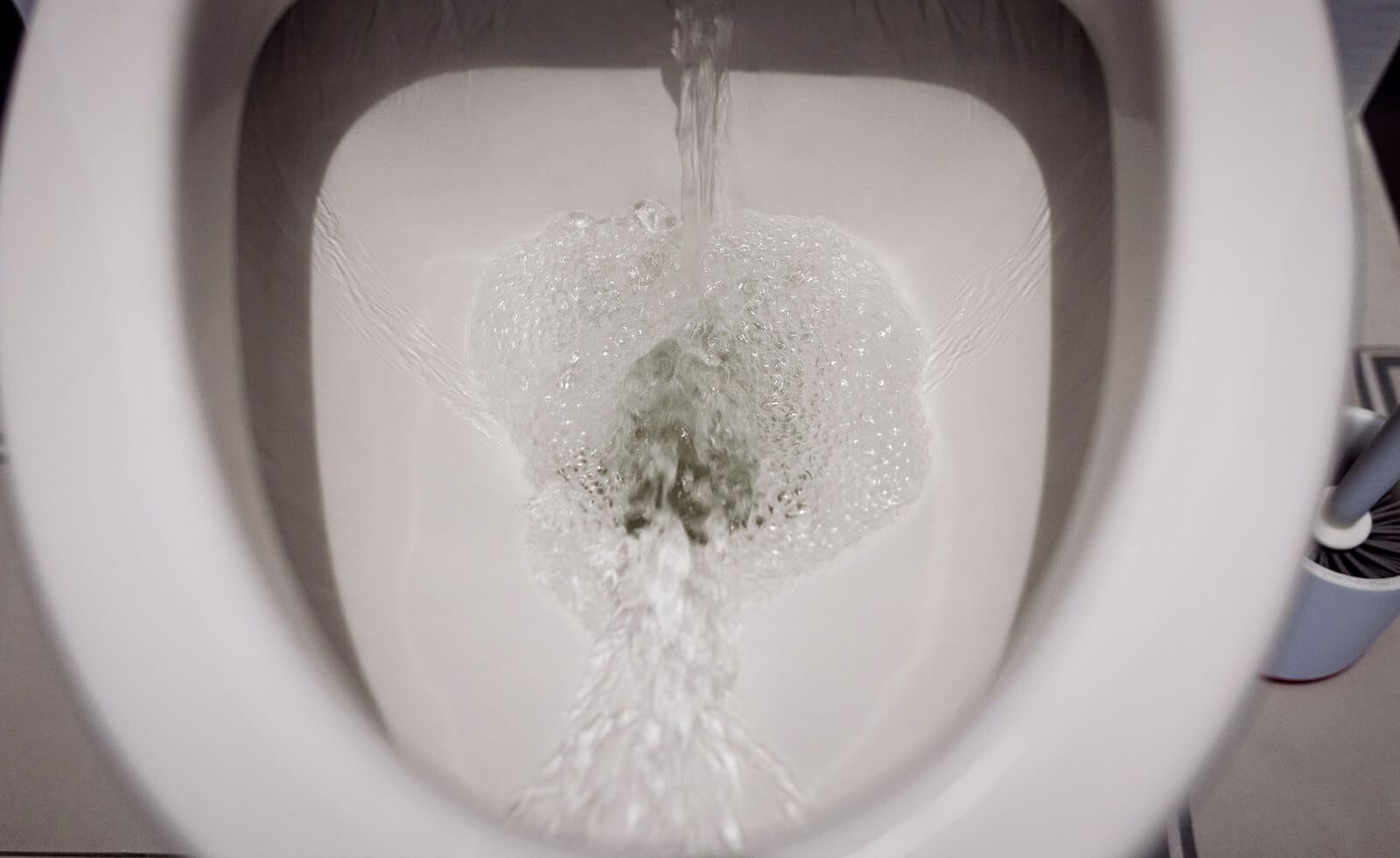
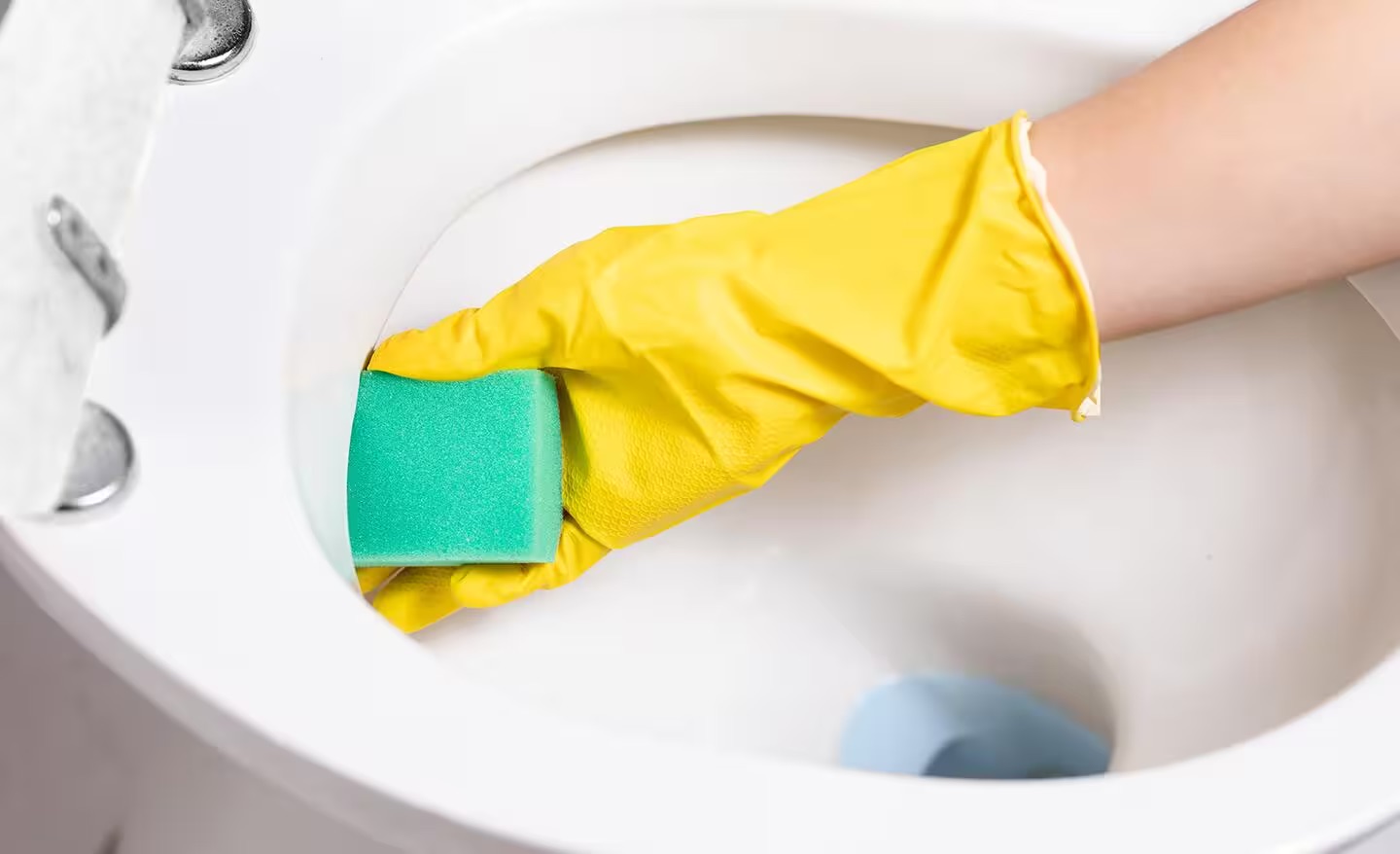
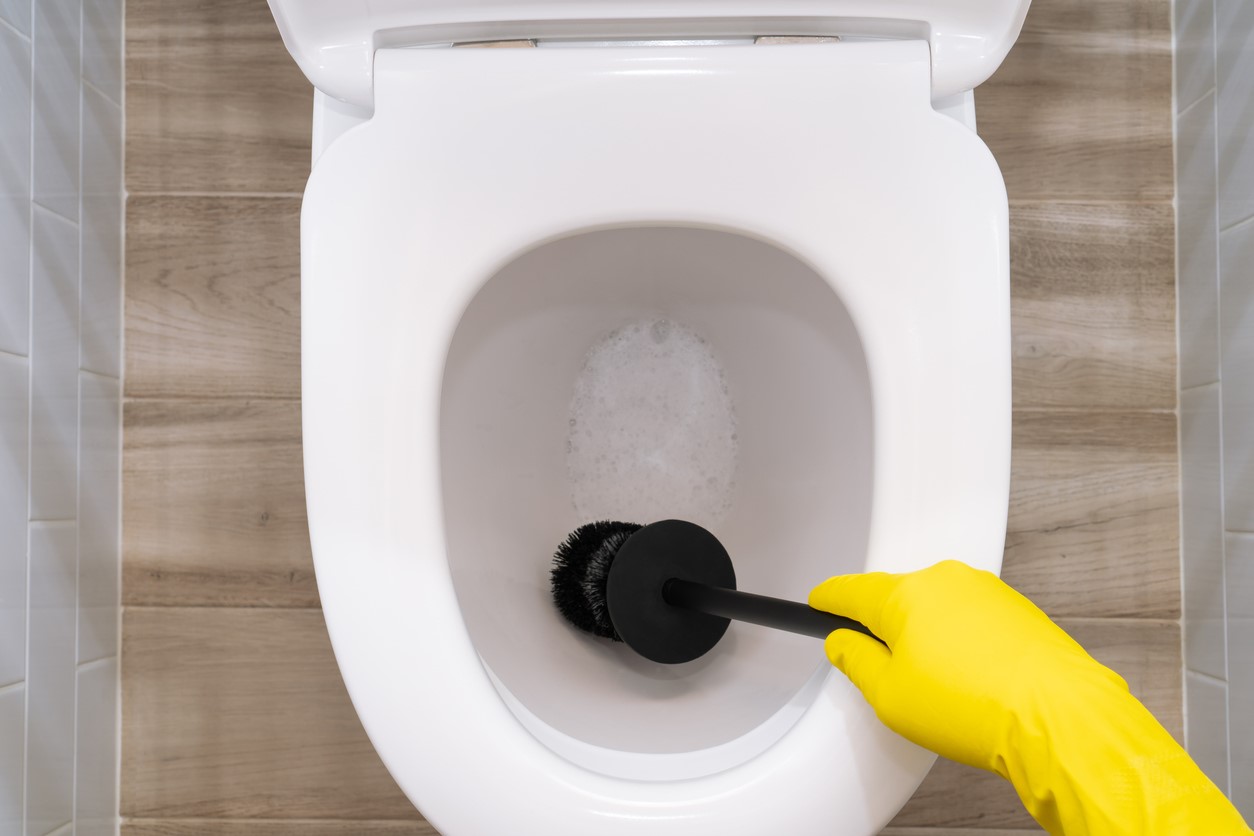

0 thoughts on “Why Wont My Toilet Unclog”